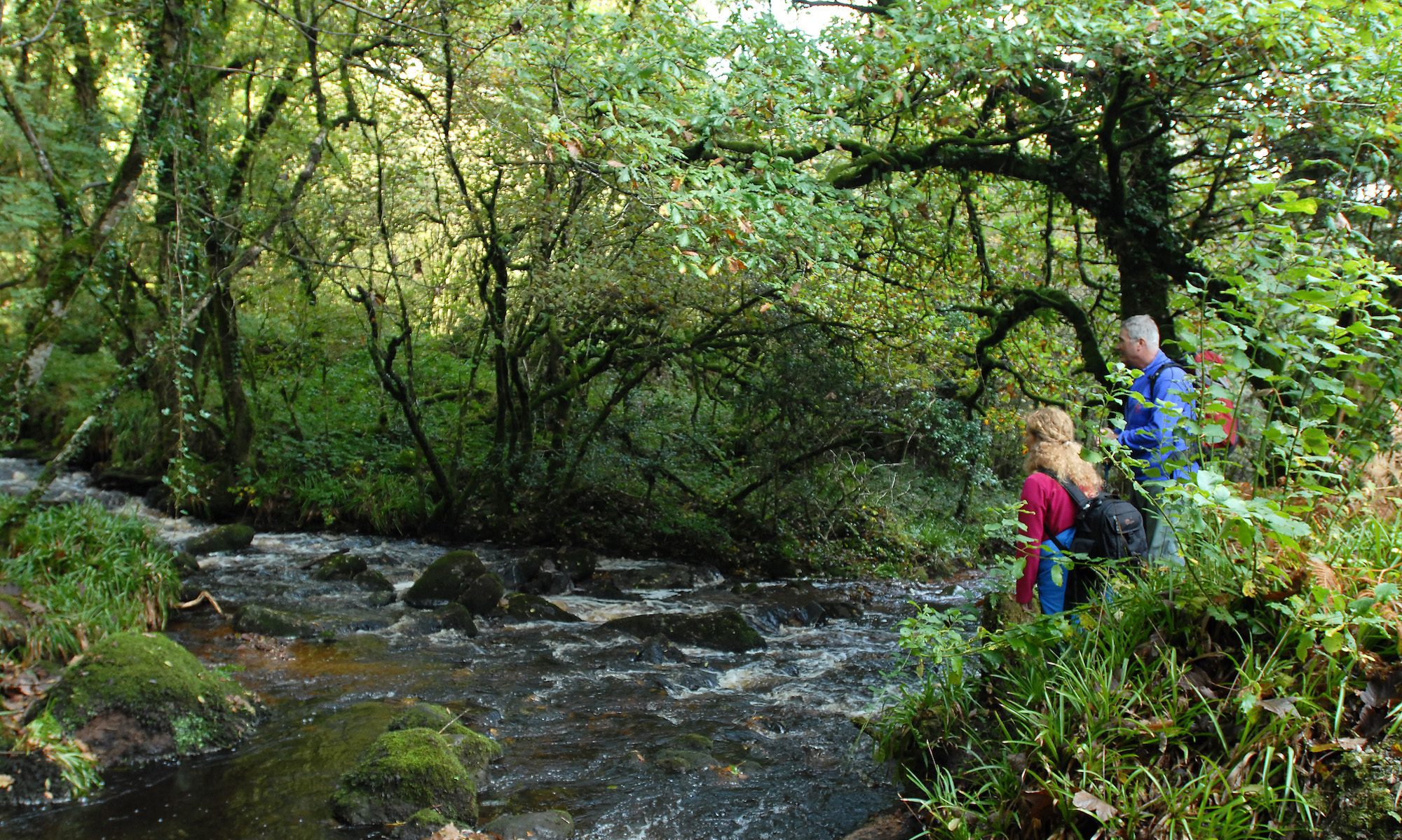Have you ever heard of Annie M.P. Smithson?
I hadn’t until our Guided Heritage Walk on 19th August last brought us past her former temporary residence – a small cottage near Kilnasoolagh Church of Ireland chuch in Newmarket-on-Fergus, Co. Clare.
A few of us stopped outside the wall of the cottage as we were intrigued by a concrete plaque which hung on the wall of the cottage which read “Chónaigh ANNIE M.P. SMITHSON Údar agus Banaltra anseo 1907 – 1910”. For those who don’t speak Irish (or those that have forgotten it from your school days) it reads “ANNIE M.P. SMITHSON Author and Nurse lived here 1907 – 1910”
I took a photo of this plaque so that I could do a little bit of research on this lady and her link to the area. I must admit I was a little in awe when I started doing some research on this lady and her fascinating life.
Annie Mary Patricia Smithson was an Irish novelist, poet and Nationalist. She was born into a Protestant family in Sandymount in Dublin in September 1873.
Her mother and father were first cousins and her father died when she was young. About 1881 her mother married her second husband, Peter Longshaw, who owned a chemical factory in Warrington in Lancashire. As a result Smithson lived for a number of years in England. She disliked her stepfather and referred to him always as Mr Longshaw. There were five children from this marriage.
She was christened Margaret Anne Jane, but took the names Anne Mary Patricia (Annie M.P.) on her conversion to Catholicism. She converted to Catholicism in March 1907 and became a fervent Republican and Nationalist. She became a member of Cumann na mBan and campaigned for Sinn Féin in the 1918 general election.
Smithson always had dreams of becoming a journalist but abandoned this ambition in order to train as a nurse and a midwife. She trained in London and Edinburgh, before returning to Dublin in 1900. In 1901 she took up a post as district nurse in Millton, Co. Down. There she fell in love with her colleague Dr James Manton, a married man. Deciding that a relationship was impossible, she left Millton in 1906. They kept up a correspondence until her conversion to Catholicism in 1907, when she burnt his letters.
She was Secretary and Organiser of the Irish Nurses Organisation from 1929 to 1942. She wrote for the Irish Nurses’ Magazine and edited the Irish Nurses Union Gazette.
In 1917 she published her first novel, Her Irish Heritage, which became a best-seller. It was dedicated to those who died in the Easter Rising of 1916. Smithson published many journal articles but is best known for her romantic novels which have a strong Nationalist tone. In all, she published twenty novels and two short story collections. Other successful novels included By Strange Paths and The Walk of a Queen. Many of her works are highly romantic and draw on her own life experiences, with nationalism and Catholicism featuring as recurrent themes. In 1944 she published her autobiography, Myself – and Others.
From 1932 onwards she shared a house in Rathmines, Dublin with her stepsister and her stepsister’s family. She died on 21 February 1948 of heart failure at 12 Richmond Hill, Dublin and was buried in Whitechurch, County Dublin. What an amazing life she led….and she lived in Newmarket-on-Fergus.

Just goes to show, you never know the history you are passing by when you are out for a walk!








 Pictured at the entrance to the site of the former Tulla Workhouse during the Tulla Famine Walk.
Pictured at the entrance to the site of the former Tulla Workhouse during the Tulla Famine Walk.






